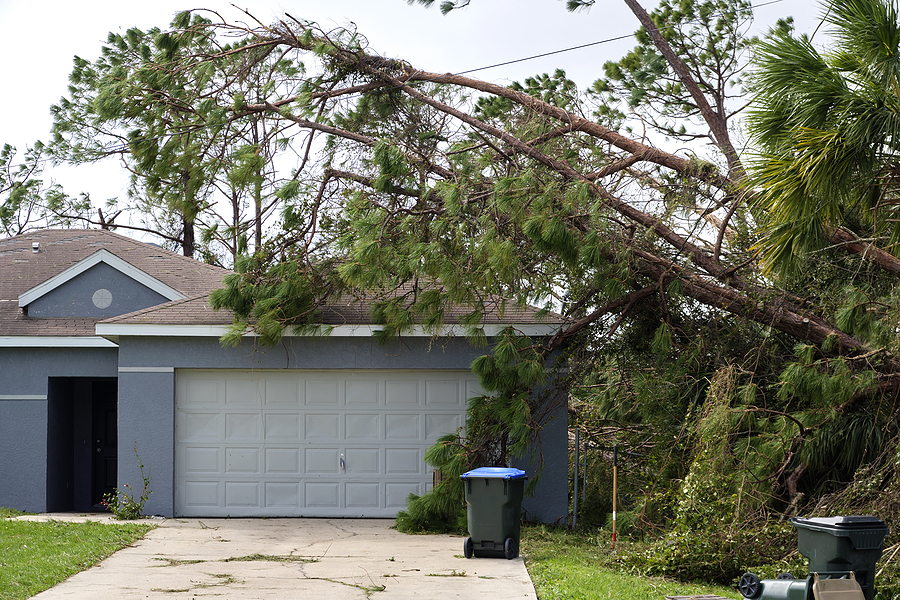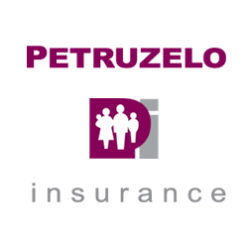
Connecticut, while not a coastal state like Florida or Louisiana, is not immune to the destructive forces of tropical storms and hurricanes over the years. As a responsible property owner, it is crucial to understand how to minimize vulnerability and protect your possessions when these natural disasters strike. The National Oceanic and Atmospheric Administration (NOAA) provides invaluable information to help homeowners, business owners, and property managers prepare in advance for the storm season so be sure to always check this resource for the latest predictions.
First, it is important to understand the threats. Tropical storms and hurricanes pose several significant hazards, and it’s essential to comprehend these risks fully. The primary threats from these weather phenomena include:
- Storm Surge Flooding: Coastal areas are particularly susceptible to storm surge flooding. These surges result from the strong winds and low atmospheric pressure associated with hurricanes, causing the sea level to rise dramatically.
- Inland Flooding: Heavy rains accompanying tropical storms and hurricanes can lead to severe inland flooding. Even regions well inland can experience devastating floods, posing a significant threat to properties and residents.
- Destructive Winds: Hurricanes are notorious for their destructive hurricane-force winds, which can cause extensive damage to buildings, trees, and other structures.
Let’s explore some essential tips to help you safeguard your property during hurricane season in Connecticut.
Develop an Evacuation Plan
One of the most crucial steps in hurricane preparedness is developing a solid evacuation plan, especially if you live in a coastal area. Here are some key considerations:
- Identify a Safe Destination: Determine a safe location where you and your family can seek shelter if your property becomes uninhabitable due to storm damage or flooding. This could be a friend or family member’s house or a designated evacuation center.
- Evacuation Routes: Familiarize yourself with the evacuation routes in your area. These routes will guide you to safety during an emergency. Make sure you have maps and GPS devices handy.
Assemble Disaster Supplies
To ensure your family’s well-being during and after a hurricane, it’s crucial to have an emergency supply kit ready. Here’s what you should include:
- Non-perishable Food: Stock up on canned goods, dried fruits, energy bars, and other non-perishable food items that can sustain you for at least three days.
- Water: Store an adequate supply of clean drinking water (at least one gallon per person per day) for both drinking and sanitation purposes.
- Medications: Ensure you have a sufficient quantity of essential medications for each family member.
- First Aid Kit: Prepare a well-stocked first aid kit with essential medical supplies and equipment.
Have an Insurance Checkup and Inventory Your Assets
A critical aspect of storm preparedness is ensuring that you have the right insurance coverage and documenting your possessions. Here’s what you should do:
- Annual Checkup: Review your insurance policies annually to make sure they provide adequate coverage for storm-related damages. Consider additional policies like flood insurance if you’re in a high-risk area.
- Document Your Possessions: Create a comprehensive inventory of your belongings, including photographs, descriptions, and their estimated values. This information will be invaluable when filing an insurance claim after a storm.
Strengthening Your Property
To mitigate the damage caused by hurricane winds and other storm-related threats, it’s essential to take proactive measures to strengthen your property:
- Trim Trees: Prune or remove any weak or overhanging branches that could potentially damage your home during a storm.
- Seal Wall Openings: Seal any gaps or openings in your home’s exterior to prevent wind-driven rain and debris from entering.
- Secure Patio Furniture: Move or secure outdoor furniture, grills, and other items that could become projectiles during high winds.
Connecticut may not be a hurricane hot spot all the time, but it’s crucial for property owners to be prepared for the unexpected. By understanding the threats posed by tropical storms and hurricanes, developing an evacuation plan, assembling disaster supplies, reviewing insurance coverage, and taking steps to fortify your property, you can significantly reduce your vulnerability and protect your possessions during hurricane season. Stay informed, stay safe, and be ready to weather the storm.
